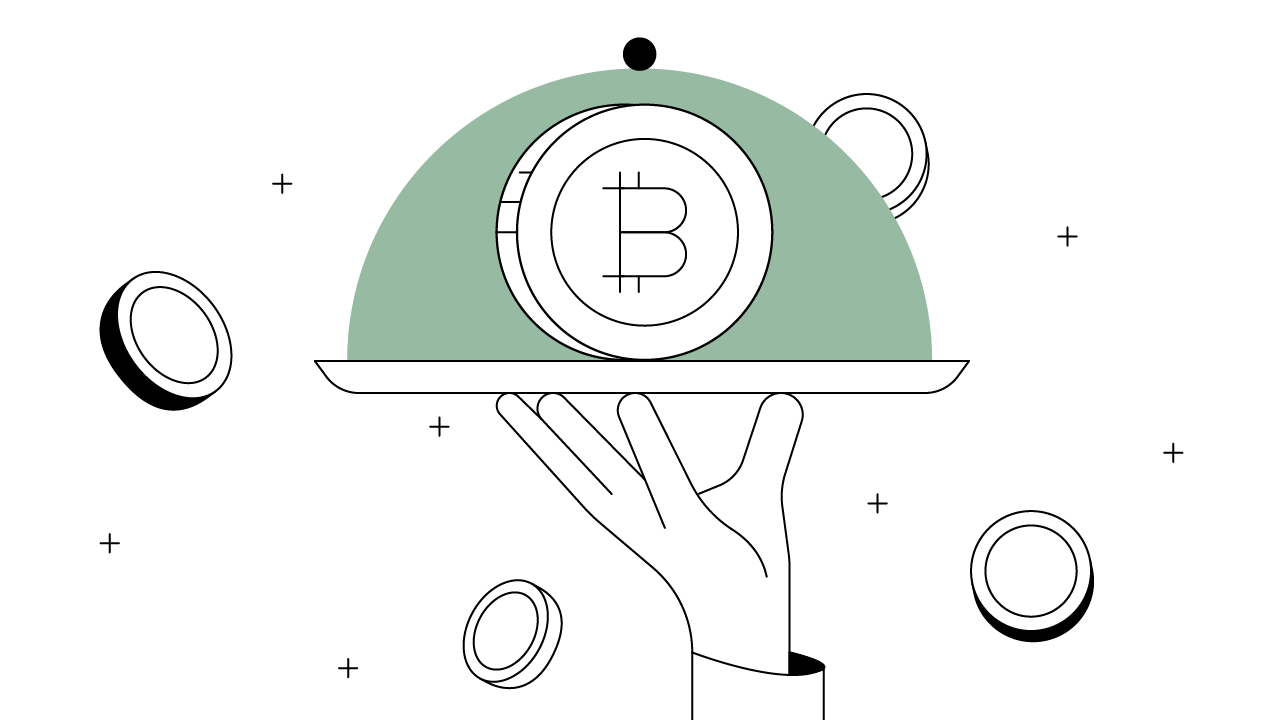Healthy Volatility and Its Implications for Crypto Markets
Volatility is a natural part of market activity. We explore the volatility of crypto markets compared to that of traditional financial markets.
Updated February 27, 2025 • 3 min read

Summary
Volatility in financial markets refers to changes in the price of an asset. It can be healthy, with steady increases or decreases in price within a general range. It can also be extreme, with sudden price movements in either direction. Healthy volatility serves many purposes in a market, but it mainly creates opportunities for profit. For example, stock price changes enable traders to buy low and sell high, or “short” a stock they expect to decrease in price. Extreme volatility occurs when an asset’s price changes rapidly within a short time.
Understanding Healthy Market Volatility
Extreme volatility often has a negative connotation because many associate volatility with market chaos, uncertainty, and loss. When markets swing between extreme highs and lows, investors and traders may place more bets predicting continued swings, which in turn causes more price volatility. An example of such extreme market volatility occurred during the 2008 Financial Crisis when traders — spooked by the specter of a collapse in global financial markets — caused the Dow Jones Industrial Average (DJIA) to collapse by more than 777 points, its biggest single-day decrease at the time.
Unlock the future of money on Gemini
Start your crypto journey in minutes on the trusted crypto-native finance platform
The good news is that such cases of extreme price volatility are rare. What we see in the markets on a daily basis is moderate, or healthy volatility. With this type of volatility, price movements occur as investors and traders respond to information and news developments about companies, industries, and the broader macroeconomic sentiment. Investors and traders assess market conditions and buy or sell assets accordingly, based on how they think the factors at play will affect prices.
The volatility index (VIX), also known as Wall Street’s “fear gauge,” at the Cboe Options Exchange defines healthy volatility as a value between 12 (which is considered low) and 20 (which is considered high). If a stock market’s volatility, as calculated by movements of its index, falls above this range, then it is said to be a case of extreme volatility. For example, the VIX touched a high of 36.47 in August 1990 during a recession. But by March 1991, it had reverted back to a VIX of 16.49. Similarly, the Cboe volatility index reached a peak of 35.12 in 2001 amid the bursting dotcom bubble, which saw the collapse of multimillion dollar company valuations.
Although overall stock market volatility has remained more or less the same when it is averaged out over the years, the extremities of VIX values have become sharper, making it appear that volatility has surged. For example, the VIX touched a high of 89.53 in October 2008 at the height of the financial crisis. Then, barely a year later, it closed out at 22.27.
Studies have identified three factors that might have contributed to the perception of increased market volatility since the 1980s: 1) rapid news cycles that incite speculators to move in and out of trades more quickly; 2) the increased entry of institutional investors — who, individually or en masse, can make market-moving transactions; and 3) the emergence of derivatives markets, which exert an indirect influence on traditional spot markets. The global intertwining of financial markets, in which events in one part of the world contribute to volatility in another part of the world, also contributes to moves in the VIX.
Crypto Market Volatility
Most observers of cryptocurrency markets will agree that crypto volatility is in a different league altogether. There are no indices to measure crypto price volatility, but you just need to glance through historical price charts to see that skyrocketing peaks and depressive troughs occur at a quicker and more extreme pace in crypto prices compared to prices of assets in mainstream markets. In 2016, the price of bitcoin rose by 125% and in 2017 the price rose again, this time by more than 2,000%. Following the 2017 peak that saw it hit new all-time highs, bitcoin’s price receded once more. In 2021, bitcoin continued to set new all-time highs, more than tripling the peak price bitcoin achieved during the 2017 bull run.
Many of the reasons for price volatility in mainstream markets hold true for cryptocurrencies as well. News developments and speculation are responsible for fueling price swings in crypto and mainstream markets alike. But their effect is exaggerated in crypto markets as they have less liquidity than traditional financial markets — a result of crypto markets lacking a robust ecosystem of institutional investors and large trading firms. Heightened volatility and a lack of liquidity can create a dangerous combination because both feed off of each other. Other than bitcoin, most other cryptocurrencies also lack established and widely adopted derivatives markets. Under the sway of day traders and speculators, crypto prices sometimes exhibit healthy volatility of the type we see in mainstream markets.
But, there are signs that volatility in crypto markets is turning a corner. Institutional investors and trading firms are beginning to enter the asset class with more conviction, and a derivatives market for cryptocurrencies is also beginning to take shape as part of the development and expansion of the broader crypto market ecosystem.
Whether crypto volatility will eventually mimic volatility patterns present in mainstream assets is still to be determined. But, as the asset class continues to grow and develop, it will likely continue to regularly exhibit outsized volatility until it reaches full maturity at some point in the future.
Cryptopedia does not guarantee the reliability of the Site content and shall not be held liable for any errors, omissions, or inaccuracies. The opinions and views expressed in any Cryptopedia article are solely those of the author(s) and do not reflect the opinions of Gemini or its management. The information provided on the Site is for informational purposes only, and it does not constitute an endorsement of any of the products and services discussed or investment, financial, or trading advice. A qualified professional should be consulted prior to making financial decisions. Please visit our Cryptopedia Site Policy to learn more.

Is this article helpful?


